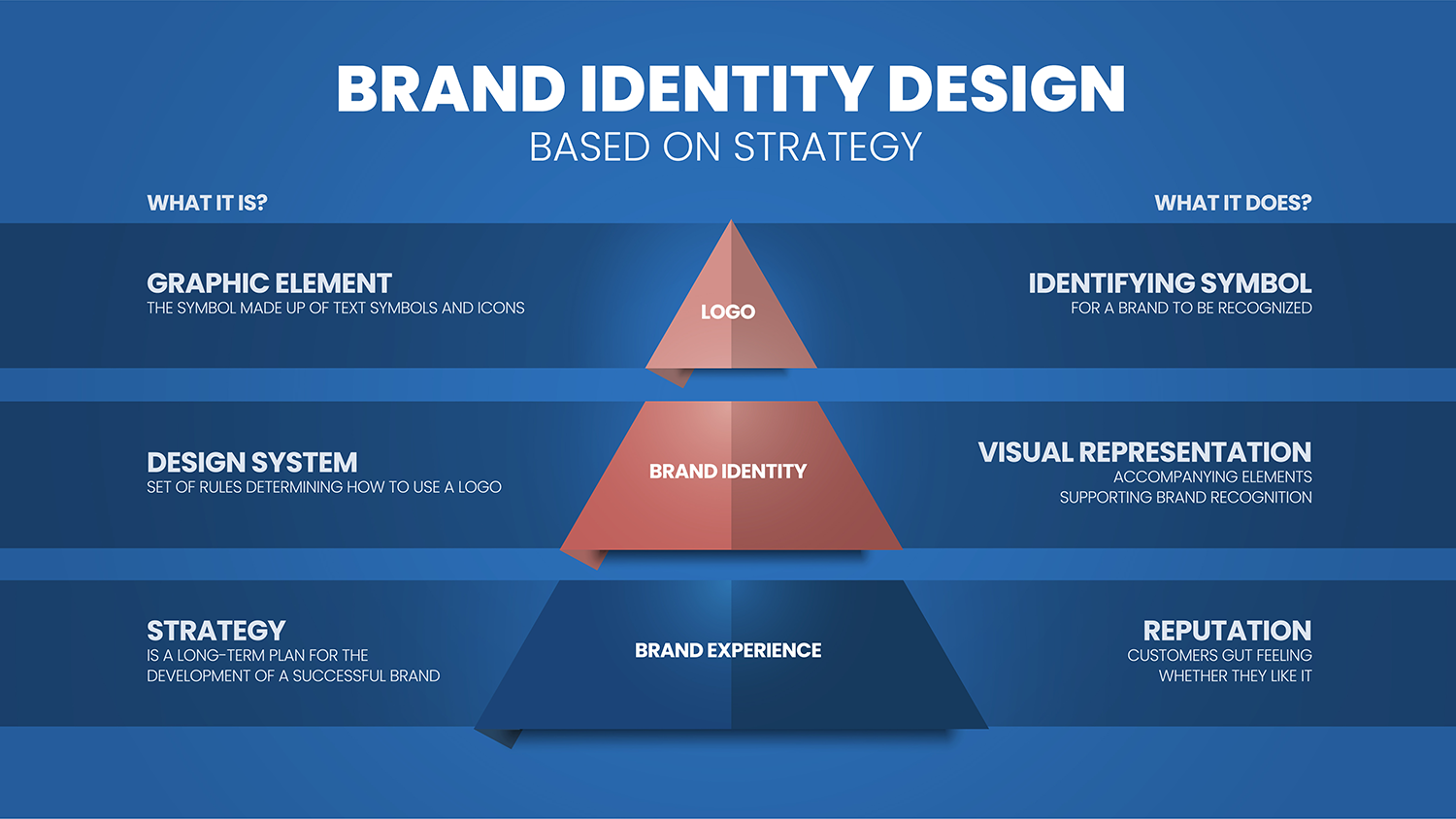What’s the difference between a brand, brand identity design and a logo?
What is a brand?
Your brand consists of far more than just a logo. It is how others perceive your company and what they anticipate of you. It is the public's perception of your business.
Marty Neumeier defines a brand simply and concisely in his book, The Brand Gap: “A brand is a person's gut feeling about a product, service, or organization. It’s not what you say it is; it’s what they say it is.”
Jeff Bezos said it succinctly:
“Your brand is what other people say about you when you’re not in the room.”
You cannot control your brand, but you may impact it in a variety of ways, one of which is identity design. Other considerations include your products, customer service, brand values, message, and how people describe you. So your logo, website, packaging, and any other touchpoint where customers can interact with your company are essentially pieces of a much greater puzzle.
What is brand identity design?
A brand identity design is a collection of elements intended to represent a specific company or service. It can be anything your customer sees or uses while connecting with your brand - a logo, website, advertising, brochures, packaging, signage, illustration, social media, uniforms, vehicle liveries, mobile apps, business cards, shop fronts, and even photography style and fonts.
What is a logo?
Your logo is the face of your company, and it is frequently the first impression that customers receive of your brand. It is a sign, word-mark, emblem, icon, or a mix of these that is used to visually identify a company or service. It does not need to define what your company does, but it should be easily identifiable.
For example, the Nike swoosh does not explicitly state that they sell sports shoes and clothing. However, the symbol's simplicity and shape make it distinct and distinctive, while also allude to the concepts of speed and mobility.
That is the purpose of a logo - a visual element used to identify your company. And, if built correctly, it will appeal to your target market, provide the intended impression, and be distinctive enough to stand out among competitors.
Why should you invest in brand identity design?
Having a recognizable and consistent brand identity across all touchpoints fosters trust and brand awareness, distinguishes you from competitors, feels professional and relatable, encourages consumer loyalty, and, as a result, moves you closer to achieving your goals and moving your business forward. If any of the following relate to your company, it may be time to consider investing in brand identity design:
You're starting a new business and need a brand identity to wow potential clients and investors right now
You're envious of how your competition appear and want to retake the upper hand.
Your company has evolved or changed course, and your brand identity no longer reflects what you do.
Your current persona is attracting the wrong type of customer, so you will need to realign your brand with your target market.
What is included in brand identity design?
The goal of an identity design project is to lay the groundwork for how your brand appears and feels across many touch-points. There are numerous ways to apply your brand to diverse assets, but the following deliverables are a solid place to start to achieve the core goal of constructing the brand's cornerstone:
Brand identity system
Logo design
Typography
Color palette
Brand patterns
Brand guidelines
What’s the brand identity design process?
If you want to learn more about the process of designing a brand identity, I've described the five processes I take from the start of the project to the public introduction of your new identity:
It is critical that the design of these numerous applications not only appeal to your target market, but also reflect the quality and values of your service or product. If it doesn't, there's a disconnect between how your audience perceives your company and how you want them to see it. As a result, your brand does not reflect how you see your own company.
An initial brand identity design may not incorporate all of the above applications, but it should set the tone and build a visual 'system' for these aspects in the future. A logo, color palette, typography, a brand pattern, and a graphic element/system with an example demonstrating how it may be applied to other brand assets, such as business stationery or signage, are examples of identity design projects that set these design foundations.
All of this data is then compiled and described in a brand guidelines document (also known as a brand book/style guide). It guarantees that anybody who uses the brand in the future is on the same page and is aware of the proper fonts, color palette, logo variations, and other details.


